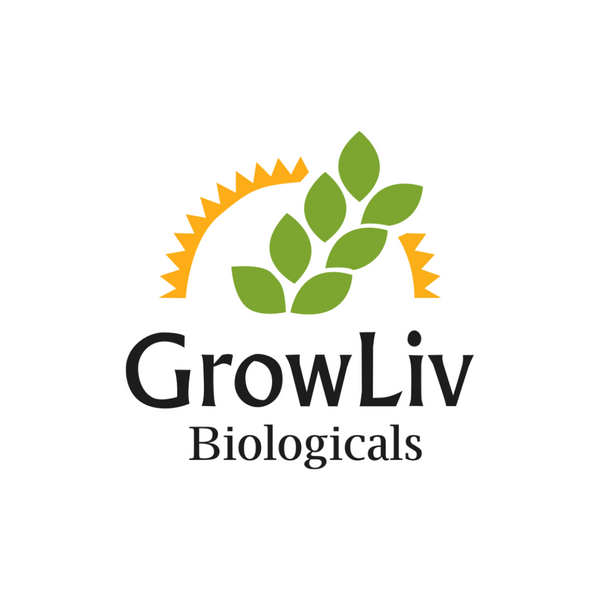Orius insidiosus (OriLiv) is a highly active generalist predator that targets a wide range of soft-bodied pests, including aphids, whiteflies, spider mites, soft scales, and small caterpillars. For aphid management, OriLiv plays an important role by reducing both nymph and adult populations before they cause serious crop damage.
Feeding Habits:
Orius insidiosus (OriLiv) controls aphids through direct predation. Both adults and nymphs actively hunt for prey, piercing aphids with their mouthparts and feeding on their body fluids. This feeding behavior quickly reduces pest numbers and helps protect new plant growth from damage.
Females lay their eggs inside leaf veins and stems, where they are protected from the environment. The eggs hatch in just 2–3 days, and the young nymphs immediately begin feeding. Orius develops through five nymphal stages, with each stage contributing to pest suppression.
Adults are highly reproductive, beginning to lay eggs within 3 days of emerging. A female typically produces 60–70 eggs over a two-week period. Under optimal greenhouse conditions, the full life cycle from egg to adult is completed in about 20 days, allowing OriLiv populations to build rapidly and provide sustained pressure on aphid populations.
Lifecycle of Orius Insidiosus:

Egg Stage: Females insert their eggs into plant tissue, typically in tender leaves or flower buds. The eggs hatch in about 2 days, giving rise to mobile nymphs.
Nymphal Stages: Orius nymphs go through five instars. The first instar lasts around 3 days, and the subsequent instars develop over 14 days in total. During this time, nymphs actively feed on thrips, aphids, and other small pests, growing progressively larger and more capable hunters.
Adult Stage: Adults emerge after completing the fifth instar. They are highly mobile, capable of flying and crawling across the crop. Pre-oviposition lasts about 4 days, after which females begin laying eggs, continuing the cycle. Adults are voracious predators, contributing to ongoing pest suppression throughout the greenhouse or field.
Benefits:
|
Benefit |
How It Helps Growers |
|
Direct suppression |
Both nymphs and adults actively feed on aphids, reducing hotspots quickly. |
|
Multi-pest protection |
In addition to aphids, OriLiv also targets thrips and other soft-bodied pests. |
|
Persistence |
Can survive on pollen when aphid numbers are low, staying active until outbreaks occur. |
|
Mobility |
Strong fliers that spread efficiently and locate aphid colonies, even when scattered. |
Storage Conditions:
OriLiv should ideally be released as soon as it arrives. If short-term storage is necessary, it can be held at 15°C and 60% relative humidity in a dark space for a maximum of 1–2 days. Avoid both refrigeration and freezing, as these conditions can damage the insects.
Application Guidelines:
OriLiv thrives under conditions of 12 hours of light per day, with temperatures between 20–27°C and humidity above 60%. Under less favorable conditions, activity slows, reducing effectiveness.
OriLiv works best when released early, before pest pressure builds, allowing the population to establish and persist as a preventative measure.
Before application, gently roll the bottle to mix its contents without shaking. Distribute OriLiv across the canopy by sprinkling onto the leaves. Groups of 20–30 individuals can effectively cover 20–40 m², enabling even distribution before aphid or thrips hotspots develop.
Recommended Release Rates:
|
Strategy |
Release Rate |
Interval |
|
Preventative |
1–2 per m² |
Every 7–14 days |
|
Curative |
5–10 per m² |
Every 7 days |
OriLiv is most cost-effective when applied preventatively. By releasing early at low rates, growers build a stable predator population that suppresses pests before they reach damaging levels. This avoids the higher costs and intensive applications required in curative programs.

